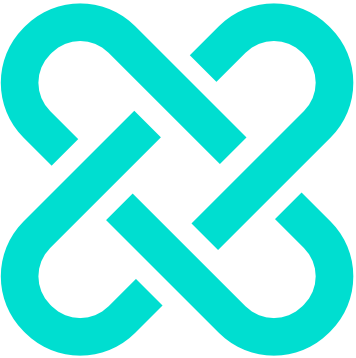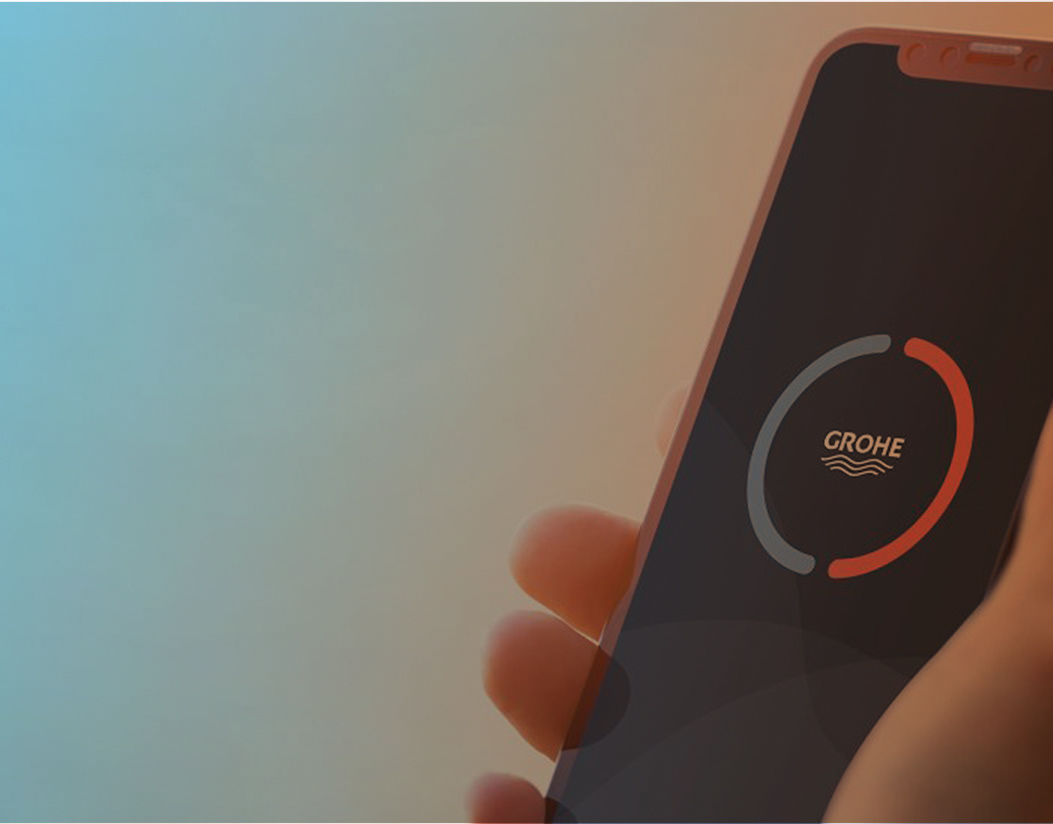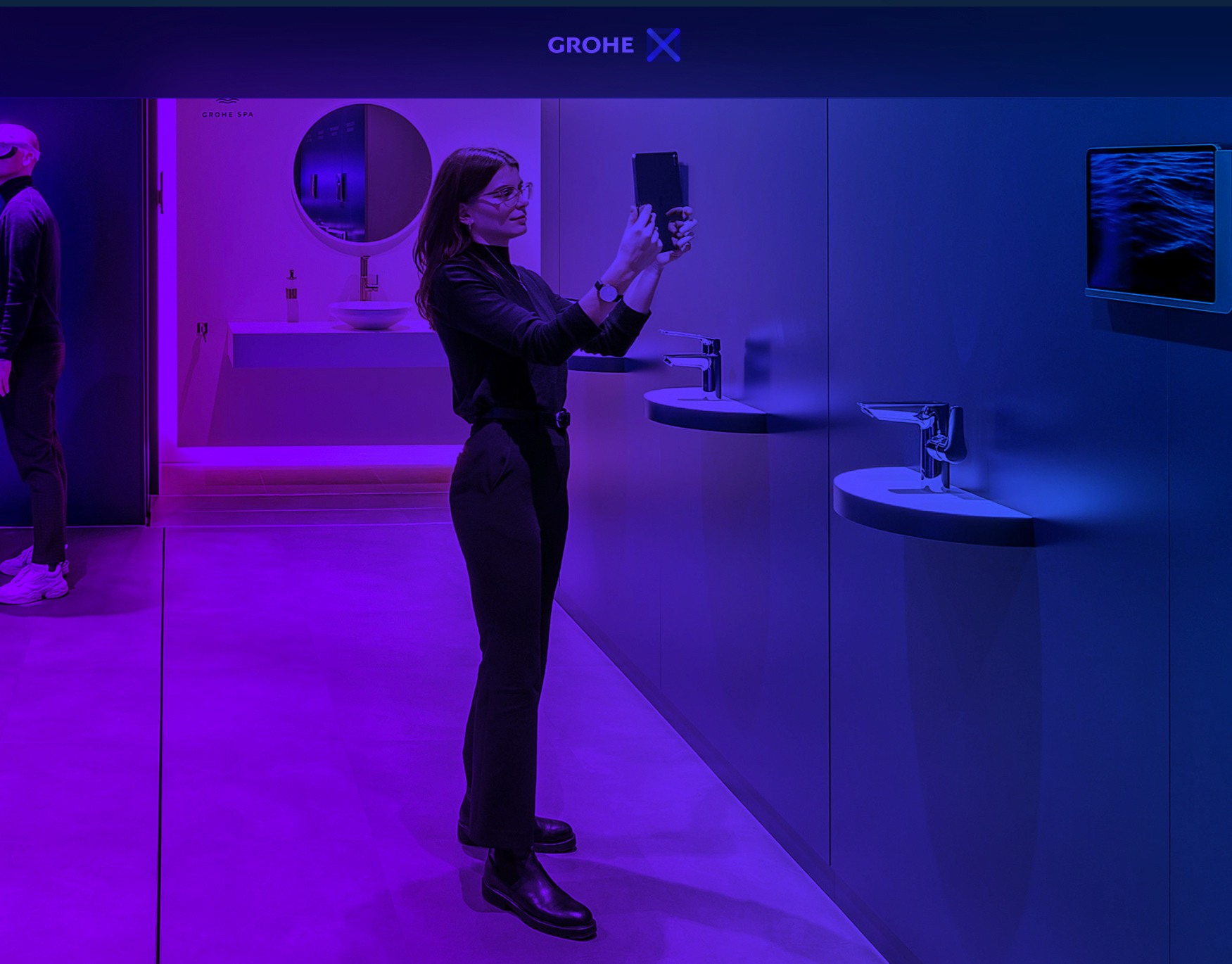The Challenge
Small and medium-sized enterprises (SMEs) face a significant challenge in product development. Hiring a full-time UX designer or a traditional agency is often too costly and time-consuming. I observed a recurring pattern of skipped user research, reactive design, and wasted budgets, highlighting a systemic problem in the industry.
THE Approach
My personal motivation for this project came from working with an early-stage startup that couldn't afford UX support. The outcome was months of rework and lost users, which underscored the true cost of neglecting UX. This experience ignited my mission: to make expert UX accessible and actionable for resource-constrained teams that cannot afford to get it wrong. My solution was to democratize user-centered design through AI.
THE SOLUTION
I architected and trained three specialized AI agents, each with a distinct personality and expertise in a core phase of the UX process:
Avery: Focuses on User Research and Discovery.
Malik: Specializes in the Defining phase, creating personas, user journeys, and information architecture.
Niko: Crafts the Design Language System, focusing on brand consistency and optimized UI.
I used proprietary internal documentation, advanced prompt engineering, and iterative model refinement to ensure these agents operate with expert-level capabilities. I was responsible for creating domain-specific knowledge bases and designing the operational framework to deliver a seamless, human-like consultancy experience.
The Outcome
I created Xpairience, a business-critical B2B SaaS solution. It functions as a virtual UX agency powered by AI, providing essential UX knowledge and application for SMEs. The three AI agents continuously evolve through ongoing training, ensuring they stay up-to-date and effective. This solution provides a more efficient and affordable alternative to traditional UX services, helping businesses reduce risk and build better products.
See more




